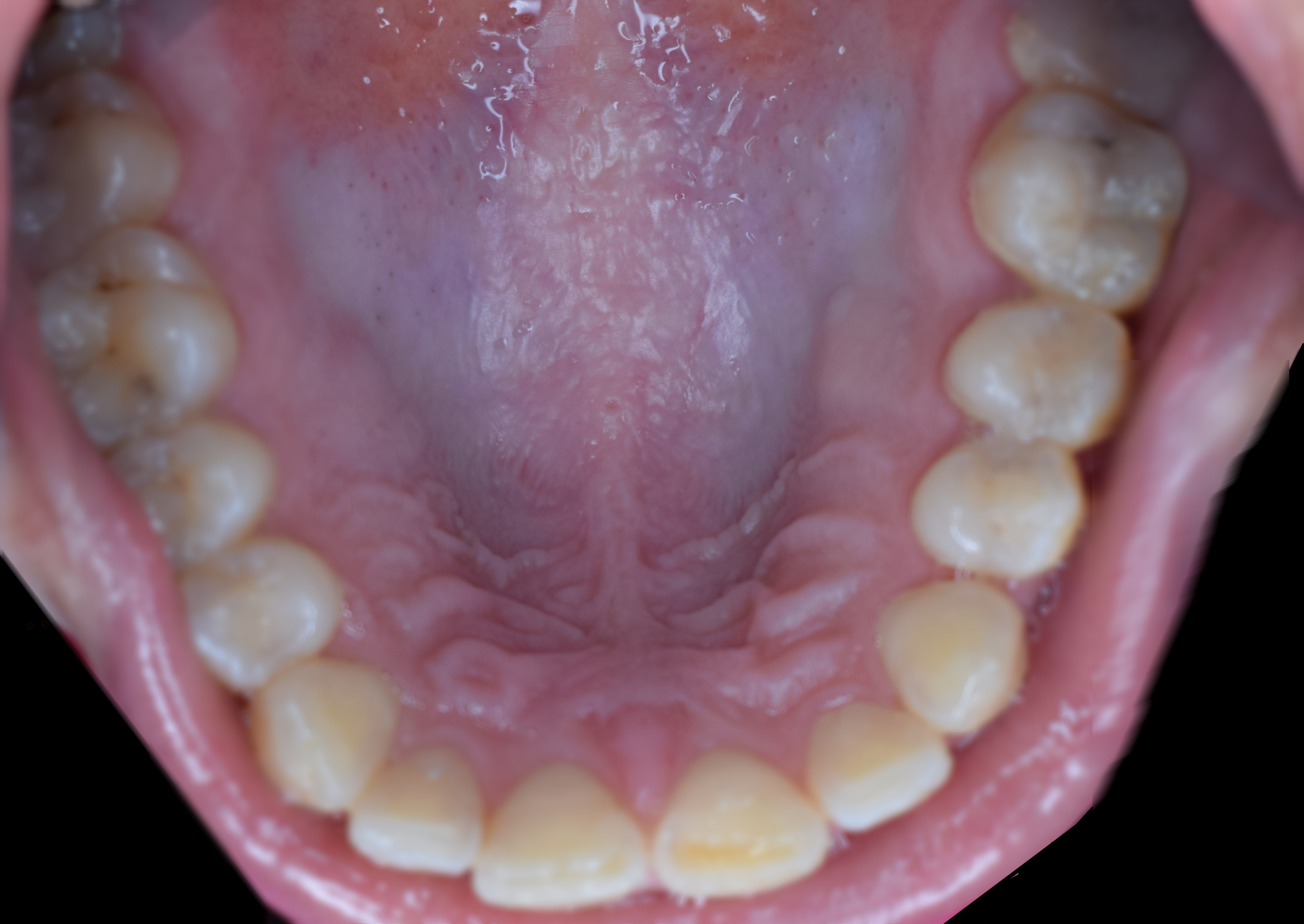Rugae on:
[Wikipedia]
[Google]
[Amazon]
 In
In
 In
In anatomy
Anatomy () is the branch of morphology concerned with the study of the internal structure of organisms and their parts. Anatomy is a branch of natural science that deals with the structural organization of living things. It is an old scien ...
, rugae (: ruga) are a series of ridges produced by folding of the wall of an organ
Organ and organs may refer to:
Biology
* Organ (biology), a group of tissues organized to serve a common function
* Organ system, a collection of organs that function together to carry out specific functions within the body.
Musical instruments
...
.
In general, rugae are a biological feature found in many organisms, serving purposes such as increasing surface area, flexibility, or structural support.
Most commonly rugae refers to the gastric rugae of the internal surface of the stomach
The stomach is a muscular, hollow organ in the upper gastrointestinal tract of Human, humans and many other animals, including several invertebrates. The Ancient Greek name for the stomach is ''gaster'' which is used as ''gastric'' in medical t ...
.
For terrestrial gastropod
Gastropods (), commonly known as slugs and snails, belong to a large Taxonomy (biology), taxonomic class of invertebrates within the phylum Mollusca called Gastropoda ().
This class comprises snails and slugs from saltwater, freshwater, and fro ...
s, the rugae often appear as fine, transverse folds or wrinkles on the mantle, back, or sides of the body. They are particularly visible when the animal extends its body or contracts, and may also be interrupted or intersected by other grooves or structures (such as dorsal grooves or keels) .
Function
A purpose of the gastric rugae is to allow for expansion of the stomach after the consumption of foods and liquids. This expansion increases the volume of the stomach to hold larger amounts of food. The folds also result in greater surface area, allowing the stomach to absorb nutrients more quickly.Location
Rugae can appear in the following locations in humans: * Wrinkles of thelabia
The labia are the major externally visible structures of the vulva. In humans and other primates, there are two pairs of labia: the ''labia majora'' (outer lips) are large and thick folds of skin that cover the vulva's other parts, while the ''la ...
and scrotum
In most terrestrial mammals, the scrotum (: scrotums or scrota; possibly from Latin ''scortum'', meaning "hide" or "skin") or scrotal sac is a part of the external male genitalia located at the base of the penis. It consists of a sac of skin ...
* Hard palate
The hard palate is a thin horizontal bony plate made up of two bones of the facial skeleton, located in the roof of the mouth. The bones are the palatine process of the maxilla and the horizontal plate of palatine bone. The hard palate spans ...
immediately behind the upper anterior teeth
* Inside the urinary bladder
The bladder () is a hollow organ in humans and other vertebrates that stores urine from the Kidney (vertebrates), kidneys. In placental mammals, urine enters the bladder via the ureters and exits via the urethra during urination. In humans, the ...
* Vagina
In mammals and other animals, the vagina (: vaginas or vaginae) is the elastic, muscular sex organ, reproductive organ of the female genital tract. In humans, it extends from the vulval vestibule to the cervix (neck of the uterus). The #Vag ...
* Gallbladder
In vertebrates, the gallbladder, also known as the cholecyst, is a small hollow Organ (anatomy), organ where bile is stored and concentrated before it is released into the small intestine. In humans, the pear-shaped gallbladder lies beneath t ...
* Inside the stomach
The stomach is a muscular, hollow organ in the upper gastrointestinal tract of Human, humans and many other animals, including several invertebrates. The Ancient Greek name for the stomach is ''gaster'' which is used as ''gastric'' in medical t ...
* Inside the rectum
The rectum (: rectums or recta) is the final straight portion of the large intestine in humans and some other mammals, and the gut in others. Before expulsion through the anus or cloaca, the rectum stores the feces temporarily. The adult ...
Difference between rugae and plicae
With few exceptions (e.g. the scrotum), rugae are only evident when an organ or tissue is deflated or relaxed. For example, rugae are evident within the stomach when it is deflated. However, when the stomach distends, the rugae unfold to allow for the increase in volume. On the other hand, plicae remain folded regardless of distension as is evident within the plicae of the small intestine walls.References
{{Reflist Anatomy Tissues (biology) ja:襞